Vietnam has detected 400 leprosy cases in the past 5 years, a decrease of more than 50% compared to the previous period thanks to timely treatment and management regimens to prevent infection in the community.
The information was announced by Dr. Le Thi Mai, Head of the Central Dermatology Hospital, at the 2023 National Dermatology Conference. All provinces and cities have been recognized as having eliminated leprosy, with only sporadic cases. The number of cases has decreased sharply over the years. In the period 2012-2016, the whole country detected over 1,000 cases, with a disability rate of 18%. In the past 5 years, the whole country has only detected over 400 new cases. Currently, the whole country manages about 8,000 leprosy patients.
Leprosy is an infection caused by the bacterium Mycobacterium Leprae. The disease causes damage to the skin and nerves. If not treated promptly, it will leave behind sequelae such as loss of sensation in the nerves, permanent disability, and body deformity.
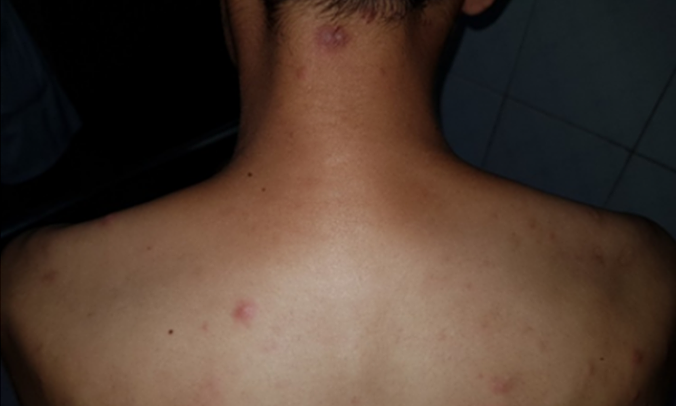
Scattered red papules on the back, painful to press, in leprosy patients. Photo: Central Dermatology Hospital
Leprosy is primarily transmitted through contact, but it is believed to be transmitted through the secretions of an infected person, close and prolonged contact. However, when a patient begins treatment, their ability to transmit the disease is reduced by 99%. The transmission rate between spouses is only 2-3%. The disease is not hereditary and can be cured.
Previously, leprosy was considered an incurable disease, difficult to cure. Later, there were mono-chemotherapy drugs, poly-chemotherapy drugs... many patients were treated promptly, preventing infection in the community. This was a success worldwide, including Vietnam.
Associate Professor, Dr. Le Huu Doanh, Director of the Central Dermatology Hospital, said that the goal in controlling leprosy in the 2021-2025 period is to promote and complete recognition of leprosy elimination at the district level in 63 provinces and cities. By 2021, 24% of districts had eliminated leprosy. However, each year the country still records about 100 new leprosy cases, many of which live in Hanoi and Ho Chi Minh City. Many cases are misdiagnosed with other skin diseases.
The reason is that the incubation period lasts 5-10 years, even 20 years, the disease is forgotten so many doctors can misdiagnose it as allergic contact dermatitis, allergies, atopic dermatitis... because it also has symptoms of rashes and erythema on the skin.

Associate Professor, Dr. Le Huu Doanh, Director of the Central Dermatology Hospital, at the conference on November 24. Photo: Le Nga
Dr. Duong Phuc Hieu, Central Dermatology Hospital, assessed that leprosy is still a burden for some countries. The number of newly discovered cases has decreased, but the number of latent leprosy cases tends to increase. Even after chemotherapy, leprosy cases with many bacteria are likely to relapse and react.
Researching and producing a specific vaccine to prevent leprosy is very meaningful, however, there is currently no product although many countries have been researching. One of the reasons is that culturing leprosy bacilli to produce vaccines is very difficult. Some leprosy vaccines have been clinically tested but their effectiveness is still limited.
The Central Dermatology Hospital is the leading specialized hospital, directing the National Leprosy Prevention Program. Currently, all leprosy patients are treated with multi-chemotherapy at the prescribed dose and duration, at home and completely free of charge. In case of complications, inpatient treatment can be performed at medical facilities. If detected early, after only 6 months to a year of treatment, the disease can be completely cured, leaving no sequelae.
Le Nga
Source link



![[Photo] Prime Minister Pham Minh Chinh chairs conference on anti-smuggling, trade fraud, and counterfeit goods](https://vphoto.vietnam.vn/thumb/1200x675/vietnam/resource/IMAGE/2025/5/14/6cd67667e99e4248b7d4f587fd21e37c)




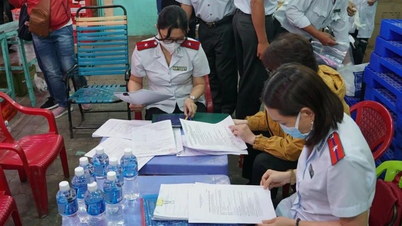

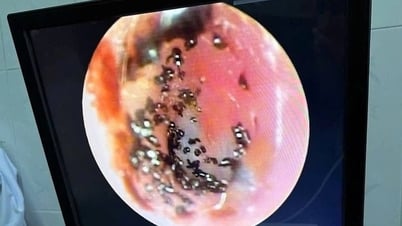

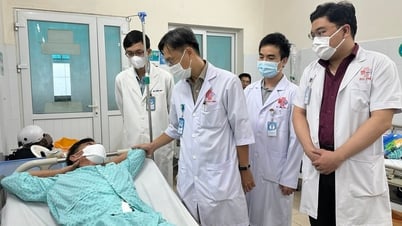

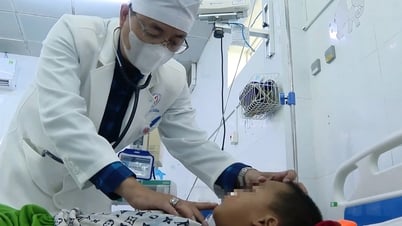

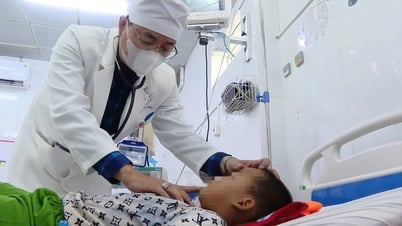






























































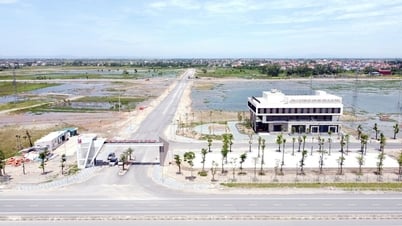











Comment (0)